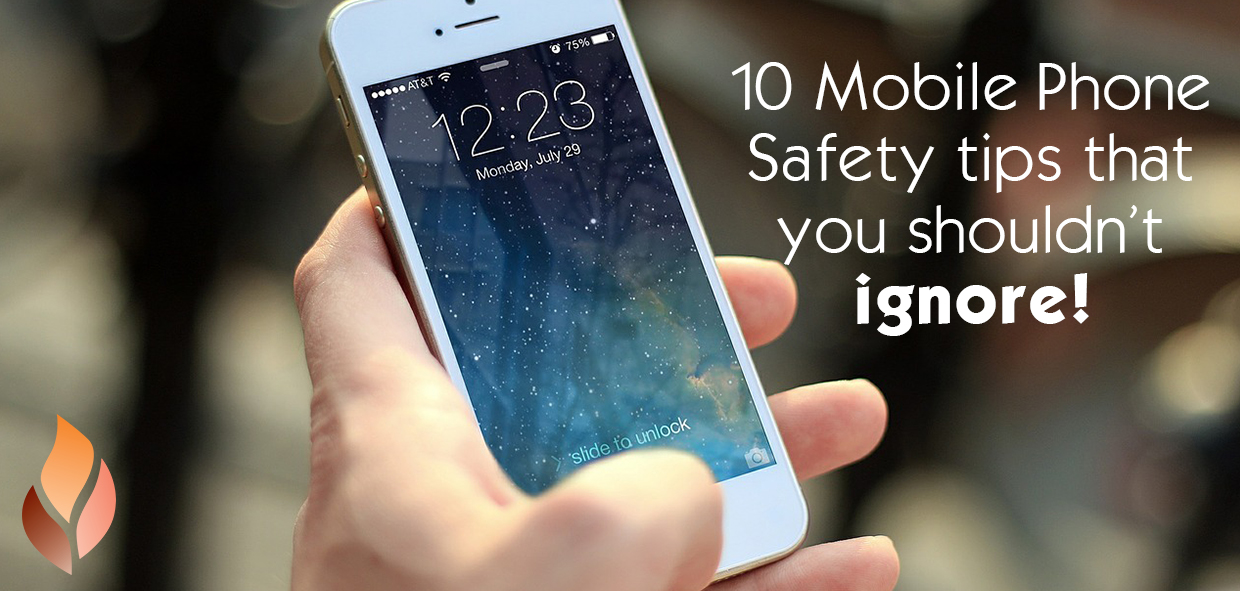Article by Dr Axe
Do cell phones cause cancer? The preliminary results of a massive, government-funded study suggest they could. This makes cell phone safety an incredibly important topic. The early findings in the $25 million U.S. National Toxicology Program animal study show exposure to very high signal cell phone radiation led to a slightly increased risk of malignant gliomas in the brain and schwannomas of the heart in male rats. Schwannomas are tumors that form in the nerve sheath. (1)
The World Health Organization classified cell phone radiation as a 2B carcinogen in 2011. That means it’s possibly carcinogenic to humans. The fear here is this: Since cell phones have only been in widespread use since the 1990s, participants in epidemiological studies focusing on long-term risks may not be showing symptoms of disease yet. (2)
You know what’s equally as concerning? Even though we don’t fully understand the impacts of long-term wireless radiation, we’re forging ahead with 5G wireless technology. Within a few years, this technology could mean millions of mini cell towers could pop up on street corners, according to the Federal Communications Commission chairman. (3) Developing a 5G network is moving forward despite the fact that we don’t even remotely understand 5G health effects.
With more and more evidence suggesting cell phones could lead to cancer, I’m practicing the precautionary principle. Luckily, that doesn’t mean you have to give up on your cell phone. You just need to be smarter about it.
Cell Phone Safety: What You Need to Know
The American Academy of Pediatrics just released it’s top 10 cell phone safety tips. Many focus on reducing your exposure to harmful radiation, while others look at preventing other cell phone dangers. The AAP recommends limiting a child’s screen time and avoiding exposure to cell phones and other devices emitting electromagnetic radiation.
AAP also advocates for more research into the human health impacts of cell phone radiation, particularly when it comes to children. One current problem? Federal Communications Commission tests used to determine cell phone radiation is based on the devices’ possible effect on large adults — not kids. Children’s skulls are thinner and can absorb more radiation (4)
To protect yourself, APP suggests families follow these cell phone safety tips:
1. Use text messaging when possible and use cell phones in speaker mode or with the use of hands-free kits
2. When talking on the cell phone, try holding it an inch or more away from your head
3. Make only short or essential calls on cell phones
4. Avoid carrying your phone against the body like in a pocket, sock or bra – cell phone manufacturers can’t guarantee that the amount of radiation you’re absorbing will be at a safe level
5. Do not talk on the phone or text while driving – this increases the risk of automobile crashes
6. Exercise caution when using a phone or texting while walking or performing other activities – “distracted walking” injuries are also on the rise
7. If you plan to watch a movie on your device, download it first, then switch to airplane mode while you watch in order to avoid unnecessary radiation exposure
8. Keep an eye on how many bars your have – the weaker the cell signal, the harder your phone has to work and the more radiation it gives off, it’s better to wait until you have a stronger signal before using your device
9. Avoid making calls in cars, elevators, trains and buses – the cell phone works harder to get a signal through metal, so the power level increases
10. Remember that cell phones are not toys or teething items
www.draxe.com/cell-phone-safety/
Don’t forget to share this via Twitter, Google+, Pinterest and LinkedIn.

